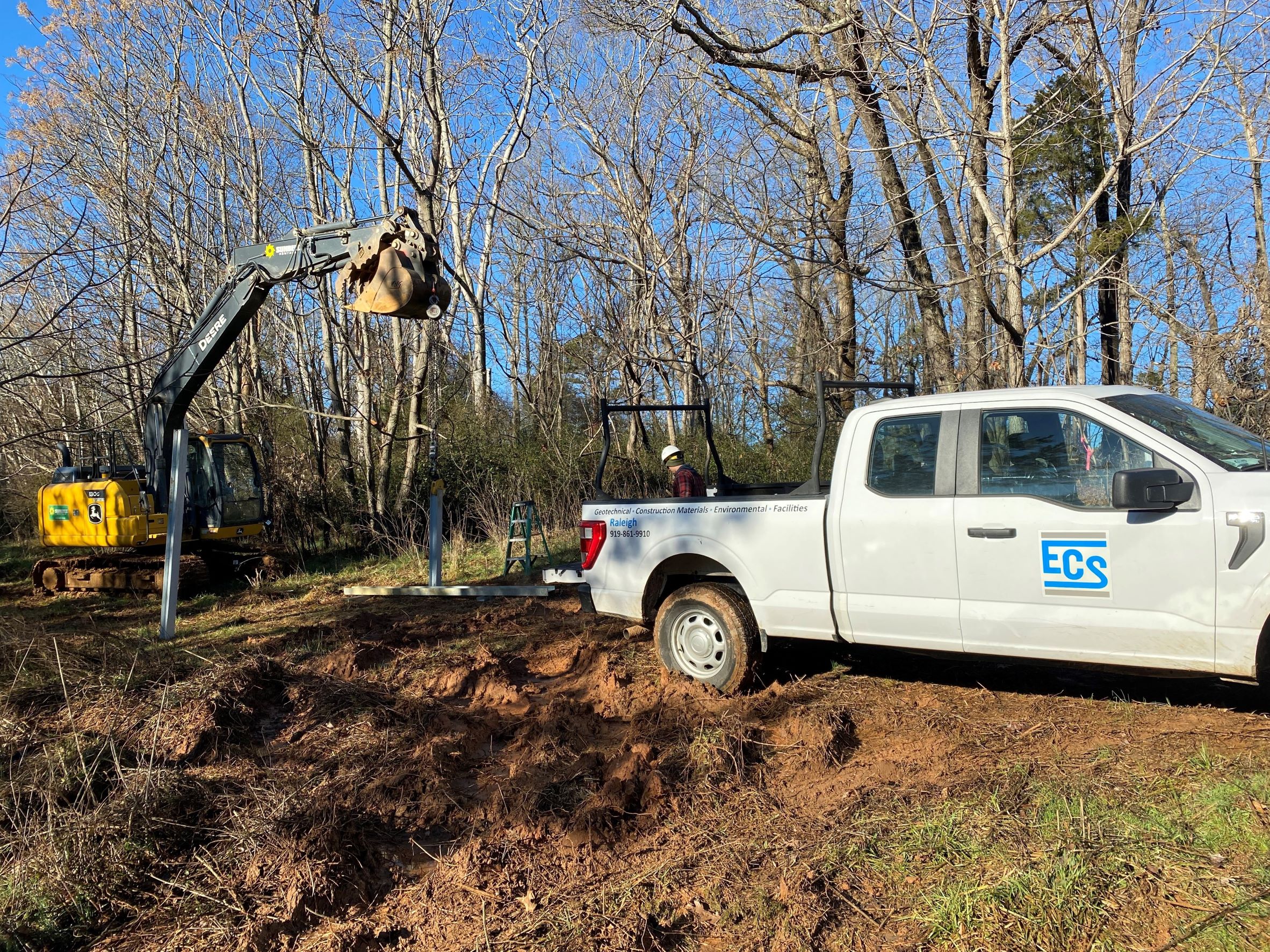Understanding Different Types of Loads
The two loading categories are known as live and dead loads. These terms refer to the relationship the loads have to the building.
Dead loads include any materials that are part of the structure, such as the roofing materials, floor tiles and walls. Identifying the components that make up the dead load in a building is relatively straightforward, as the materials are preexisting and static.
Live loads are less easily predicted than dead loads, as they can be continuously in flux. Examples of live loads include the building’s occupants and the furnishings inside. Temperature changes, wind, rain and snow also contribute to live loads.
Full-Scale Load Testing: Methods and Directions
Full-scale load testing allows you to evaluate the impact live and dead loads have on a building’s structural integrity and stability.
The type of load test performed is based on the direction of the load and the structural component. Certain elements of a building, such as slabs, are under load due to gravity. A compression test would evaluate the reaction of the slabs to added weight. Other components, such as the foundation walls, bear load laterally. A lateral load test puts pressure on the foundation walls.
The Comprehensive Full-Scale Load Testing Process
Generally, full-scale load testing follows the provisions laid out in the International Building Code (IBC). The structure is shored and a tank or some other means of applying load is installed. Devices are installed to measure the deflection of the structure during testing.
The structure is then gradually loaded until the specified test load is reached (often 2x the final rated load) and the final deflection is measured. The load is held for 24 hours and then released. The deflection is continually measured as the structure “rebounds” from the load for an additional 24 hours.
Provided that the structure does not exceed the calculated maximum deflection and rebounds sufficiently after the load is removed, the structure will be deemed to have passed and the rated load can be determined.
Understanding Different Types of Loads
The two loading categories are known as live and dead loads. These terms refer to the relationship the loads have to the building.
Dead loads include any materials that are part of the structure, such as the roofing materials, floor tiles and walls. Identifying the components that make up the dead load in a building is relatively straightforward, as the materials are preexisting and static.
Live loads are less easily predicted than dead loads, as they can be continuously in flux. Examples of live loads include the building’s occupants and the furnishings inside. Temperature changes, wind, rain and snow also contribute to live loads.
Full-Scale Load Testing: Methods and Directions
Full-scale load testing allows you to evaluate the impact live and dead loads have on a building’s structural integrity and stability.
The type of load test performed is based on the direction of the load and the structural component. Certain elements of a building, such as slabs, are under load due to gravity. A compression test would evaluate the reaction of the slabs to added weight. Other components, such as the foundation walls, bear load laterally. A lateral load test puts pressure on the foundation walls.
The Comprehensive Full-Scale Load Testing Process
Generally, full-scale load testing follows the provisions laid out in the International Building Code (IBC). The structure is shored and a tank or some other means of applying load is installed. Devices are installed to measure the deflection of the structure during testing.
The structure is then gradually loaded until the specified test load is reached (often 2x the final rated load) and the final deflection is measured. The load is held for 24 hours and then released. The deflection is continually measured as the structure “rebounds” from the load for an additional 24 hours.
Provided that the structure does not exceed the calculated maximum deflection and rebounds sufficiently after the load is removed, the structure will be deemed to have passed and the rated load can be determined.





